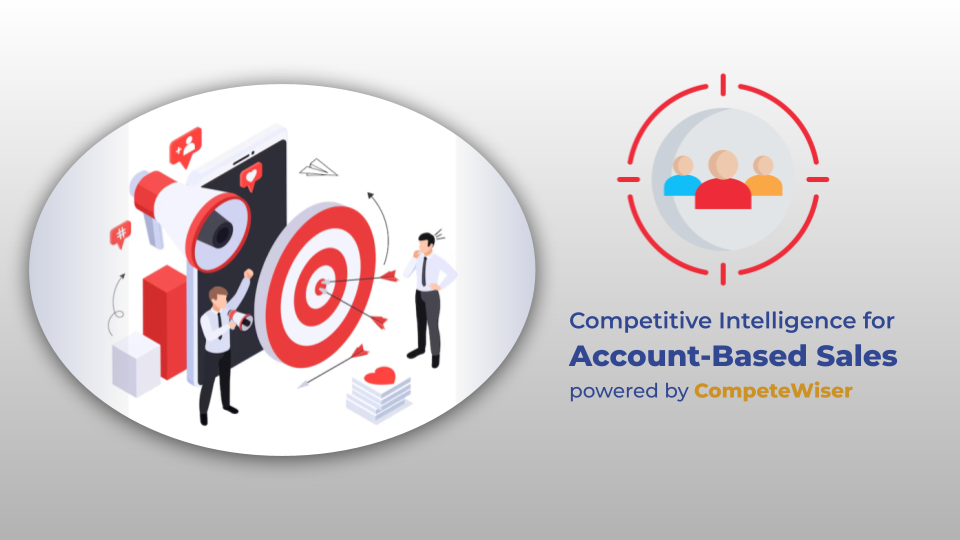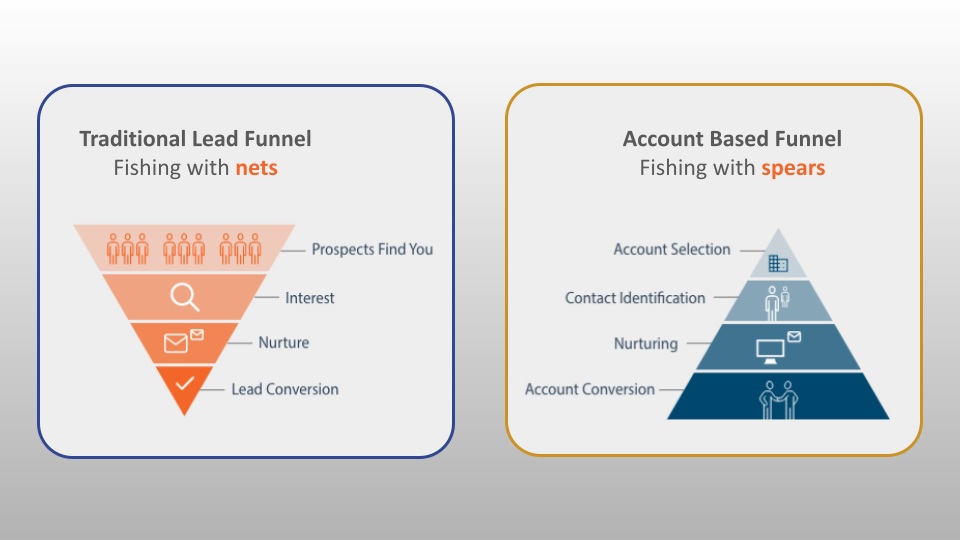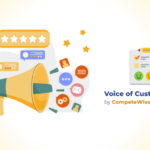
The Role of Competitor Analysis in Account-Based Marketing and Selling
- Milind Soni
- February 19, 2025
- Blog
- #accountbasedmarketing, #accountintelligence, #competewiser, #CompetitiveIntelligence, #gtmstrategy, #sales
- 0 Comments
Why Account-Based Marketing (ABM) Is More Efficient
Imagine you’re fishing. You can either cast a wide net and hope to catch something—or use a spear to precisely target the fish you want.
That’s the difference between Traditional Lead Funnels and Account-Based Marketing (ABM).
Traditional Lead Funnels = Fishing with Nets
- You generate thousands of leads and nurture them through a funnel.
- Most leads are unqualified or not ready to buy.
- Sales teams waste time chasing low-intent prospects.
- Conversion rates are low, and marketing ROI is unpredictable.
Account-Based Marketing (ABM) = Fishing with Spears
- You identify high-value accounts and tailor outreach efforts.
- Sales and marketing teams work together to engage key decision-makers.
- You eliminate wasted resources on unqualified leads.
- ABS delivers higher conversion rates, stronger relationships, and better ROI.
Why ABM Is Perfect for Lean Startups & Growth-Focused Companies
For startups and companies with limited resources, ABM ensures that every marketing and sales effort is laser-focused on the accounts most likely to convert. Instead of chasing thousands of potential leads, you engage a smaller, highly targeted group of accounts with personalized outreach—leading to faster sales cycles and greater efficiency.
The Missing Ingredient: Competitor Analysis in ABM
In ABM, every account is treated as a unique market. You customize outreach, content, and sales strategies based on each account’s needs. But here’s the problem: your competitors are targeting the same accounts.
While ABM gives you higher conversion rates and better ROI, its success depends on knowing your competitors.
Why? Because if you don’t know what your competitors are offering, how can you differentiate your pitch?
How Competitor Analysis Fuels Account-Based Marketing and Selling
1. Identify Who You’re Competing Against in Key Accounts
Start by researching:
- Which competitors are actively targeting your key accounts?
- Are they already working with any of your target companies?
- What solutions are they offering, and how do they position themselves?
2. Identify Gaps in Competitor Offerings
Once you identify your competitors, analyze their offerings:
- Analyze competitor strengths and weaknesses in your target market.
- Position your product/service as the better alternative.
- What do their customers love? (Check customer feedback on public review platforms)
- Where do they fall short?
Example: If competitor reviews mention “poor customer support,” highlight your dedicated support team in sales conversations.
3. Craft Personalized, Competitor-Aware Messaging
Instead of generic marketing messaging and sales pitches, tailor your messaging based on what your target account is already hearing from competitors.
- Competitor reviews reveal what customers love & hate about existing solutions.
- Use these insights to create compelling messaging that directly addresses customer concerns.
❌ Generic Pitch:
“Our platform helps you automate workflows.”
✅ Competitor-Aware Pitch:
“Unlike [Competitor], our platform automates workflows without hidden fees and offers 24/7 support.”
Why this works? It directly addresses objections prospects might have based on their competitor experiences.
4. Personalize Outreach for Key Accounts
- Instead of generic cold emails, use competitor insights to tailor your pitch.
- Show prospects how your solution outperforms their current vendor.
- Example: “We noticed you’re using [Competitor X]. Many of their customers struggle with [problem]. Here’s how we solve it better!”
5. Equip Sales Teams with Competitive Battle Cards
Competitive battle cards help your sales reps:
- Quickly compare your solution vs. competitors.
- Handle objections confidently.
- Highlight unique differentiators tailored to each account.
A good battle card includes:
- Competitor’s Key Selling Points (and your counterpoints)
- Competitor’s Kill Points: These Kill Points are critical pieces of information designed for you to effectively counteract and overcome your competitor’s advantages.
- Common Customer Pain Points (and how your solution solves them better)
- Pricing & Feature Comparisons
With well-prepared battle cards, your reps can navigate competitive deals like pros.
6. Win Over Competitor’s Customers
- Monitor competitor pricing, product updates, and customer satisfaction.
- Target unhappy customers with exclusive offers to switch.
- Use competitor weaknesses to your advantage—offer a smoother migration, better support, or superior features.
7. Monitor Competitor Moves in Real Time
Competitor strategies change constantly. Stay updated by tracking:
- Pricing updates
- New product launches
- Partnerships with your target accounts
- Customer sentiment (reviews, social media)
Final Thoughts: ABM + Competitor Analysis = Maximum Impact
- ABM ensures you focus only on the highest-value accounts.
- Competitor analysis ensures you have the right messaging to win them over.
Together, they eliminate wasted effort, improve conversion rates, and maximize ROI.
In Account-Based Marketing, knowledge is power. The more you know about your competitors, the better you can position your product to win high-value accounts.
- Research competitor presence in your target accounts.
- Highlight competitor weaknesses and position your strengths.
- Customize outreach with competitor-aware messaging.
- Use battle cards to empower your sales team.
- Stay ahead by tracking competitor moves.
With competitor analysis, you don’t just compete—you win.
Want to supercharge your ABM strategy with competitor insights? Get started with CompeteWiser today here!
https://theprodzen.com/contact-us/



